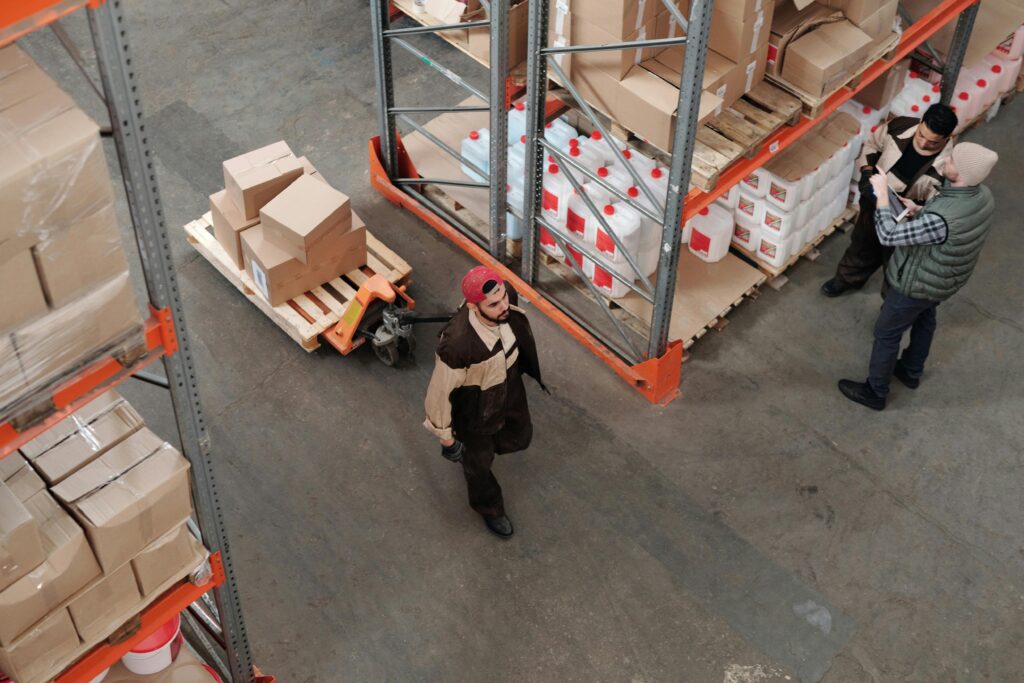Export packaging is a critical factor in ensuring goods arrive safely, especially for food, fragile items, electronics, and industrial products. Poor packaging can lead to damaged goods, financial losses, and unhappy customers. This guide explores the best packaging materials, including packing pellets, corrugated cardboard boxes, thermocol boxes, and eco-friendly alternatives, while highlighting compliance with international standards.
YOU MAY ALSO LIKE:The importance of packing pellets for exports
Why Is Proper Packaging Essential?
1. Protects Fragile & Perishable Goods
- Glass, ceramics, and electronics need shock-absorbing materials like packing pellets and thermocol boxes.
- Food items require moisture-resistant and airtight packaging to prevent spoilage.
2. Reduces Shipping Damages & Costs
- Proper cushioning with corrugated cardboard boxes and void fillers minimizes breakage risks.
- Lightweight materials like biodegradable packing peanuts help lower freight costs.
3. Ensures Compliance with International Standards
- FDA-approved food packaging for exports to the USA.
- EU regulations on environmentally friendly food packaging (e.g., compostable materials).
4. Enhances Brand Reputation
- Sustainable packaging (like cardboard packaging boxes and starch-based pellets) appeals to eco-conscious buyers.
Best Packaging Materials for Different Export Goods
1. Packing Pellets (Loose Fill Cushioning)
- Types:
- EPS (Expanded Polystyrene) Pellets – Best for electronics, glassware, and industrial parts.
- Biodegradable Starch Pellets – Ideal for food, pharmaceuticals, and eco-friendly brands.
- Inflatable Air Pellets – Used in e-commerce shipping for lightweight protection.
- Benefits: Shock absorption, lightweight, cost-effective.
2. Corrugated Cardboard Boxes
- Best For:
- Food packaging (dry goods, snacks).
- Consumer goods, books, and lightweight industrial products.
- Benefits: Recyclable, customizable, and sturdy.
3. Thermocol Boxes (EPS Foam Boxes)
- Best For:
- Perishable food exports (insulated for temperature control).
- Fragile electronics and medical equipment.
- Benefits: Excellent thermal insulation, shockproof.
4. Industrial Packaging Solutions
- Heavy-duty cardboard packaging boxes with reinforced edges for machinery.
- Wooden crates with foam liners for high-value industrial shipments.
5. Eco-Friendly & Biodegradable Packaging
- Materials:
- Molded pulp packaging (for eggs, fruits).
- Compostable food containers (PLA-based).
- Recycled cardboard and paper-based cushioning.
- Benefits: Reduces carbon footprint, complies with EU & USA green packaging laws.
What Happens If Packaging Is Neglected?
Case Study: A Food Export Disaster
A company shipped chocolate products in standard boxes without temperature-controlled thermocol packaging. Result:
- Melting & spoilage due to heat exposure.
- $20,000 loss from rejected shipments.
- Blacklisting by international buyers.
Solution: Using insulated thermocol boxes + biodegradable packing pellets would have prevented this.
International Packaging Standards for Exports
1. Food Packaging Regulations
- USA (FDA Compliance) – Non-toxic, food-grade materials required.
- EU (EC 1935/2004) – Safe, traceable, and environmentally friendly food packaging mandated.
2. Fragile & Industrial Goods
- ISTA 3A Certification – Ensures packaging can withstand drops/vibrations.
- ISO 22000 – For food safety management in packaging.
3. Sustainable Packaging Laws
- EU Plastic Tax – Penalizes non-recyclable plastics.
- USA’s Sustainable Packaging Coalition – Promotes biodegradable packaging materials.
Conclusion: Choose the Right Packaging for Safe & Compliant Exports
Selecting the best export packaging—whether packing pellets for cushioning, corrugated cardboard boxes for versatility, or thermocol boxes for insulation—can save costs, prevent damage, and ensure compliance.
Pro Tip: Work with an industrial packaging corporation to test packaging durability before shipping.
FAQs
Q: Are packing pellets safe for food exports?
A: Only FDA/EU-approved biodegradable pellets should be used for food.
Q: What’s the most cost-effective export packaging?
A: Corrugated cardboard boxes with paper-based cushioning offer great protection at low cost.
Q: How do I make packaging more eco-friendly?
A: Use recycled cardboard, starch-based pellets, and compostable wraps.





